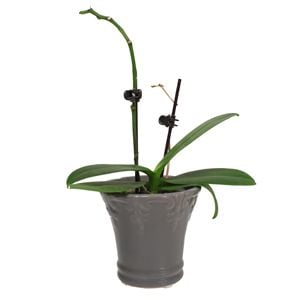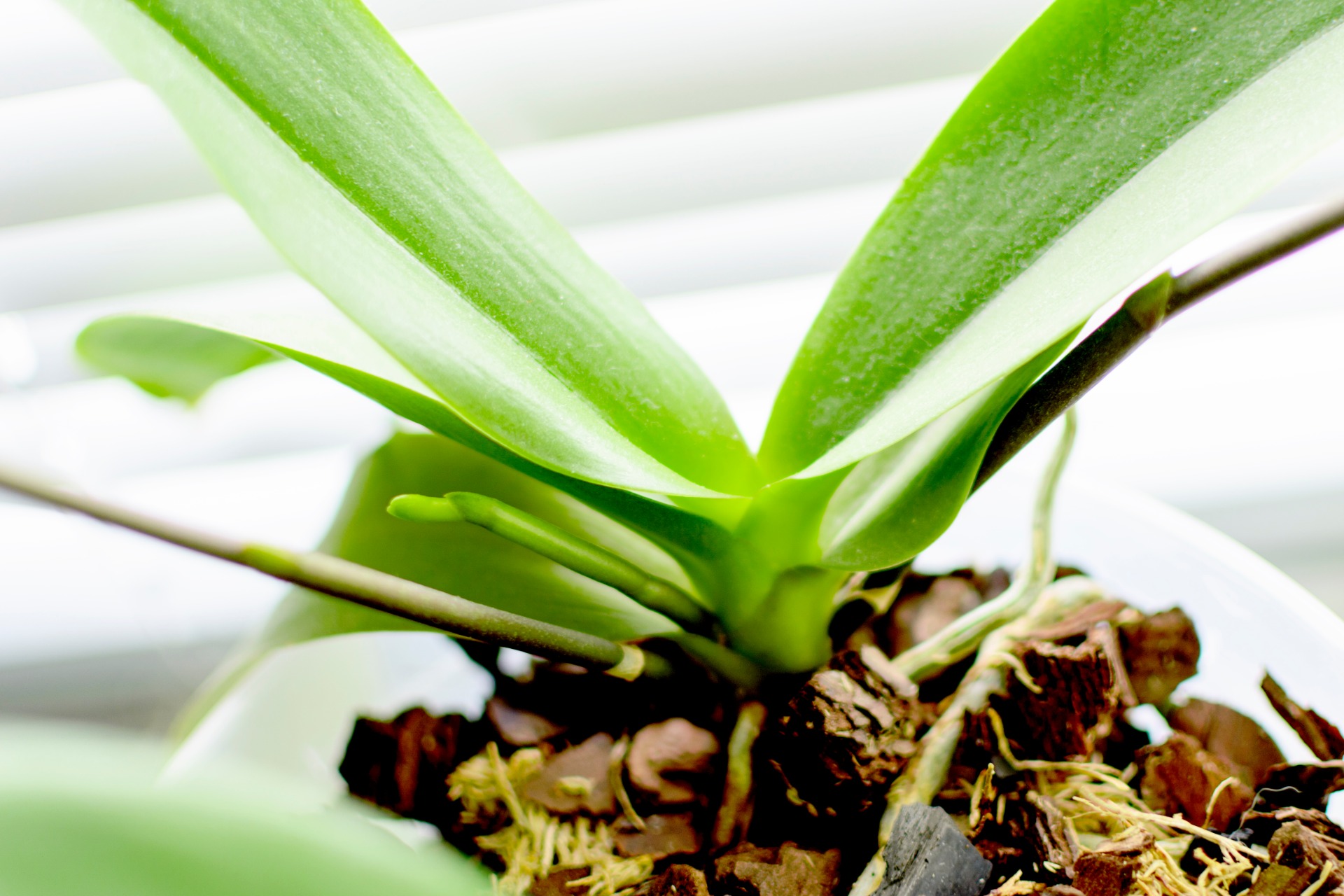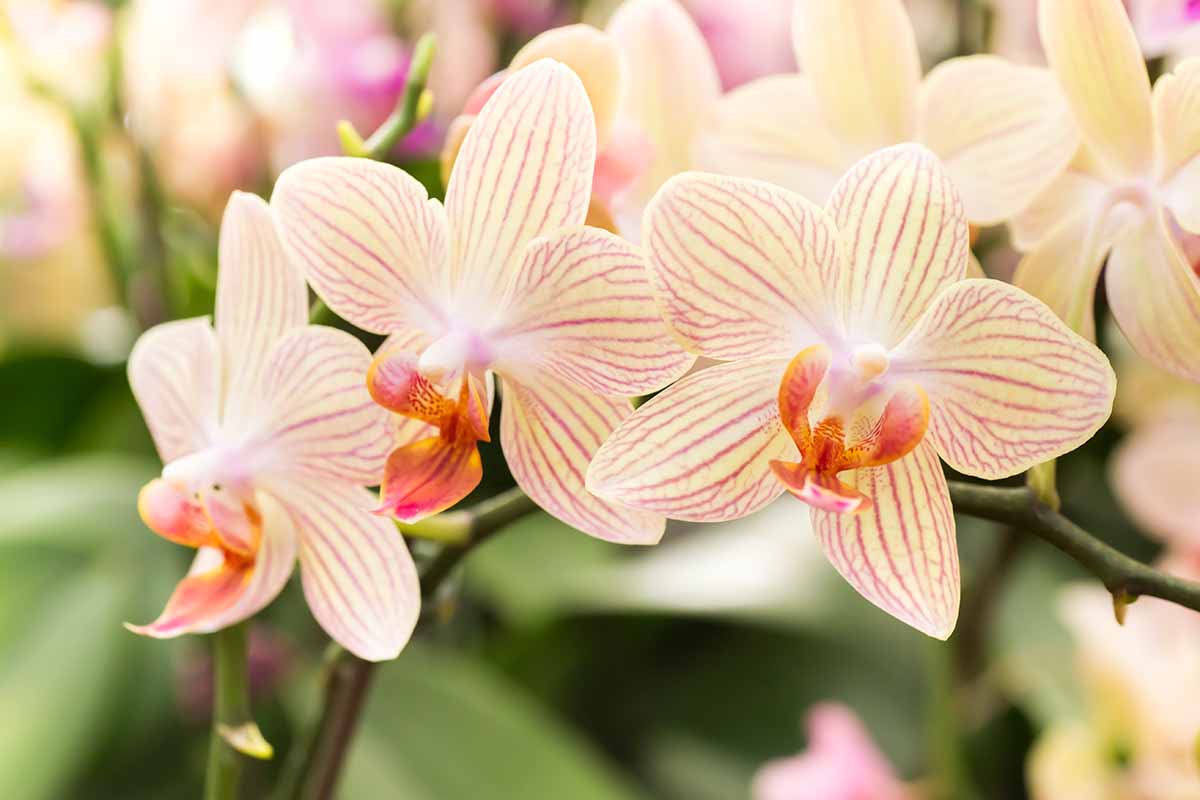Understanding Orchid Life Cycles: Why Your Plant May Not Be Blooming
Orchids, like all living organisms, go through a natural life cycle that affects their ability to produce flowers. Understanding this cycle is crucial in determining why your orchid may not be blooming. The life cycle of an orchid consists of three main phases: the vegetative phase, the blooming phase, and the dormant phase.
During the vegetative phase, the orchid focuses its energy on growing new leaves, roots, and stems. This phase is essential for the plant’s overall health and development. However, it’s not uncommon for orchids to enter a dormant phase after blooming, where they conserve energy and redirect their resources towards re-growing and re-energizing.
So, will your orchid flower again? The answer lies in understanding the plant’s life cycle and providing the necessary conditions to encourage reblooming. By recognizing the signs of dormancy and adjusting your care routine accordingly, you can help stimulate your orchid to produce new flowers.
One of the primary reasons why orchids may not be blooming is due to the natural fluctuations in their life cycle. As the plant grows and matures, it may enter a period of dormancy, which can last several months. During this time, the orchid may drop its flowers, and its growth may appear to slow down or even stop.
However, with proper care and attention, your orchid can be coaxed back into bloom. By providing the right environment, nutrition, and pruning, you can encourage your orchid to re-enter the blooming phase and produce new flowers.
In the next section, we’ll explore the common reasons why your orchid may not be blooming, and provide tips on how to address these issues.
Common Reasons Why Your Orchid May Not Be Blooming
While understanding the natural life cycle of orchids is essential, there are other factors that can affect their ability to bloom. Insufficient light, inadequate watering, and lack of fertilization are common reasons why orchids may not be blooming. In this section, we’ll explore these issues and provide tips on how to address them.
Lighting is one of the most critical factors in encouraging orchids to bloom. Most orchids require bright, indirect light to produce flowers. If your orchid is not receiving enough light, it may not be able to produce the energy it needs to bloom. Consider moving your orchid to a brighter location or supplementing with grow lights.
Watering is another crucial aspect of orchid care. Over-watering can be detrimental to your orchid’s health, causing the roots to rot and preventing the plant from blooming. On the other hand, under-watering can cause the plant to become stressed, leading to a lack of blooms. Make sure to water your orchid carefully, taking into account the humidity and temperature of its environment.
Fertilization is also essential for encouraging orchids to bloom. A balanced fertilizer that is high in phosphorus can help promote blooming. However, be careful not to over-fertilize, as this can damage the plant’s roots and prevent it from blooming.
Other common reasons why orchids may not be blooming include root bound, pests, and diseases. If you suspect that your orchid is root bound, consider repotting it into a larger pot with fresh potting mix. Regularly inspect your orchid for signs of pests or diseases, and take action promptly if you notice any issues.
By addressing these common issues, you can help encourage your orchid to bloom again. Remember, every orchid is different, so it may take some trial and error to determine the best course of action for your plant. With patience and persistence, you can help your orchid thrive and produce beautiful blooms.
So, will your orchid flower again? By understanding the common reasons why orchids may not be blooming and taking steps to address these issues, you can help encourage your orchid to produce new flowers.
How to Create an Environment Conducive to Reblooming
Creating an environment that encourages reblooming is crucial for orchid care. By providing the right conditions, you can help stimulate your orchid to produce new flowers. In this section, we’ll explore the key factors to consider when creating an environment conducive to reblooming.
Lighting is one of the most critical factors in encouraging orchids to bloom. Most orchids require bright, indirect light to produce flowers. Placing your orchid near an east- or west-facing window is ideal, as this will provide the necessary light without causing the leaves to become scorched. If you don’t have a window with natural light, consider using grow lights to supplement the lighting.
Temperature is another essential factor to consider when creating an environment conducive to reblooming. Most orchids prefer daytime temperatures between 65-75°F (18-24°C) and nighttime temperatures around 55-65°F (13-18°C). Avoid placing your orchid near heating or cooling vents, fireplaces, or drafty windows, as this can cause the temperature to fluctuate.
Air circulation is also crucial for encouraging reblooming. Good air circulation helps to prevent fungal diseases and promotes healthy growth. Make sure to provide enough space around your orchid for air to circulate, and consider using a fan to gently circulate the air.
Humidity is another factor to consider when creating an environment conducive to reblooming. Most orchids prefer a humid environment, typically between 40-70% relative humidity. You can increase the humidity around your orchid by placing the pot on a tray filled with water and pebbles or using a humidifier.
By providing the right environment, you can help encourage your orchid to bloom again. Remember, every orchid is different, so it may take some trial and error to determine the best conditions for your plant. With patience and persistence, you can help your orchid thrive and produce beautiful blooms.
So, will your orchid flower again? By creating an environment conducive to reblooming, you can help stimulate your orchid to produce new flowers and enjoy its beauty for years to come.
Nutrition and Fertilization: Feeding Your Orchid for Reblooming
Proper nutrition and fertilization are essential for encouraging reblooming in orchids. A well-balanced fertilizer can provide the necessary nutrients for healthy growth and blooming. In this section, we’ll discuss the importance of fertilization and recommend specific fertilizers for reblooming.
Orchids require a balanced fertilizer that is high in phosphorus, which promotes blooming. A fertilizer with a ratio of 20-20-20 (nitrogen-phosphorus-potassium) is suitable for most orchids. However, some orchids may require a more specialized fertilizer, so it’s essential to research the specific needs of your orchid variety.
When fertilizing your orchid, it’s crucial to follow the instructions on the label carefully. Over-fertilization can damage the roots and prevent blooming, while under-fertilization can lead to weak and spindly growth. A general rule of thumb is to fertilize your orchid once a month, but this may vary depending on the specific fertilizer and your orchid’s needs.
Some recommended fertilizers for reblooming include:
- Miracle-Gro Orchid Food: This fertilizer is specifically designed for orchids and provides the necessary nutrients for healthy growth and blooming.
- Scotts Osmocote 14-14-14 Professional Plant Food: This fertilizer is a balanced, slow-release formula that provides nutrients for up to 4 months.
- Dyna-Gro Foliage-Pro 9-3-6: This fertilizer is a balanced, water-soluble formula that promotes healthy foliage and blooming.
By providing the right nutrition and fertilization, you can help encourage your orchid to bloom again. Remember, every orchid is different, so it may take some trial and error to determine the best fertilizer for your plant. With patience and persistence, you can help your orchid thrive and produce beautiful blooms.
So, will your orchid flower again? By providing the right nutrition and fertilization, you can help stimulate your orchid to produce new flowers and enjoy its beauty for years to come.
Pruning and Potting: Techniques to Encourage Reblooming
Pruning and potting are essential techniques to encourage reblooming in orchids. By pruning your orchid, you can help control its growth, promote healthy blooms, and encourage new growth. In this section, we’ll discuss the importance of pruning and potting and provide step-by-step instructions on how to do it effectively.
Pruning your orchid involves removing dead or dying leaves, stems, and flowers. This helps to prevent the spread of disease and encourages new growth. To prune your orchid, use a pair of sterile scissors or pruning shears and carefully remove any dead or dying tissue.
Potting your orchid involves repotting it into a new pot with fresh potting mix. This helps to provide your orchid with the necessary nutrients and support for healthy growth. To pot your orchid, choose a pot that is slightly larger than the previous one and fill it with a well-draining potting mix.
Here’s a step-by-step guide on how to prune and pot your orchid:
- Remove the orchid from its pot and gently wash the roots with water to remove any old potting mix.
- Trim away any dead or dying roots with a pair of sterile scissors or pruning shears.
- Repot the orchid in a new pot with fresh potting mix, making sure to leave enough space for the roots to grow.
- Water the orchid thoroughly after repotting and provide it with bright, indirect light.
By pruning and potting your orchid, you can help encourage reblooming and promote healthy growth. Remember to be patient and gentle when handling your orchid, as it can be delicate.
So, will your orchid flower again? By pruning and potting your orchid, you can help stimulate it to produce new flowers and enjoy its beauty for years to come.
Repotting Your Orchid: Choosing the Right Potting Mix
Repotting your orchid is an essential step in encouraging reblooming. Choosing the right potting mix is crucial to provide your orchid with the necessary nutrients and support for healthy growth. In this section, we’ll discuss the importance of choosing the right potting mix and recommend specific mixes for your orchid.
A good potting mix for orchids should be well-draining, yet retain enough moisture to support healthy growth. It should also be rich in organic matter, such as peat moss or coconut husk, to provide nutrients and support for the roots.
Some recommended potting mixes for orchids include:
- Miracle-Gro Orchid Potting Mix: This mix is specifically designed for orchids and provides the necessary nutrients and support for healthy growth.
- Black Gold Orchid Mix: This mix is a blend of peat moss, perlite, and vermiculite, providing excellent drainage and aeration for the roots.
- Pro-Mix Orchid Mix: This mix is a high-quality blend of peat moss, perlite, and vermiculite, providing excellent drainage and aeration for the roots.
When selecting a potting mix, make sure to read the label carefully and look for the following characteristics:
- Good drainage: The mix should be able to drain excess water quickly to prevent root rot.
- High organic matter content: The mix should contain a high percentage of organic matter, such as peat moss or coconut husk, to provide nutrients and support for the roots.
- Neutral pH: The mix should have a neutral pH, between 6.0 and 7.0, to support healthy growth.
By choosing the right potting mix, you can help provide your orchid with the necessary nutrients and support for healthy growth and reblooming. Remember to repot your orchid every 2-3 years to provide fresh potting mix and support for the roots.
So, will your orchid flower again? By choosing the right potting mix and providing the necessary care, you can help stimulate your orchid to produce new flowers and enjoy its beauty for years to come.
Monitoring and Adjusting: How to Tell If Your Orchid Is Ready to Rebloom
Monitoring your orchid’s progress and adjusting its care accordingly is crucial to encourage reblooming. By paying attention to your orchid’s signs and signals, you can determine if it’s ready to rebloom and make necessary adjustments to its care.
Here are some signs to look out for to determine if your orchid is ready to rebloom:
- New growth: If you notice new growth on your orchid, such as new leaves or stems, it may be a sign that it’s ready to rebloom.
- Increased water intake: If your orchid is drinking more water than usual, it may be a sign that it’s preparing to bloom.
- Changes in color: If the color of your orchid’s leaves or stems changes, it may be a sign that it’s ready to rebloom.
By monitoring these signs and adjusting your orchid’s care accordingly, you can help encourage reblooming. For example, if you notice new growth, you may want to increase the frequency of watering or fertilization.
It’s also important to adjust your orchid’s care based on the season. For example, during the spring and summer months, your orchid may require more frequent watering and fertilization, while during the fall and winter months, it may require less.
By paying attention to your orchid’s signs and signals and adjusting its care accordingly, you can help encourage reblooming and enjoy its beautiful blooms for years to come.
So, will your orchid flower again? By monitoring your orchid’s progress and adjusting its care accordingly, you can help stimulate it to produce new flowers and enjoy its beauty for years to come.
Patience and Persistence: The Key to Successful Reblooming
Encouraging reblooming in orchids requires patience and persistence. It’s essential to stay committed to your orchid’s care and provide the necessary conditions for reblooming. With time and effort, your orchid will bloom again, and you’ll be able to enjoy its beautiful flowers.
Reblooming can take time, and it’s not uncommon for orchids to take several months to a year or more to produce new flowers. During this time, it’s essential to maintain a consistent care routine, including providing sufficient light, water, and nutrients.
It’s also important to monitor your orchid’s progress and adjust its care accordingly. By paying attention to your orchid’s signs and signals, you can determine if it’s ready to rebloom and make necessary adjustments to its care.
Remember, every orchid is different, and what works for one orchid may not work for another. Be patient and persistent, and don’t be discouraged if your orchid doesn’t rebloom right away.
With time and effort, your orchid will bloom again, and you’ll be able to enjoy its beautiful flowers. So, will your orchid flower again? With patience and persistence, the answer is yes.
In conclusion, encouraging reblooming in orchids requires a combination of proper care, patience, and persistence. By following the tips and advice outlined in this article, you can help stimulate your orchid to produce new flowers and enjoy its beauty for years to come.



:max_bytes(150000):strip_icc()/orchidwindow-573b2b2e3df78c6bb0735d58.jpg)




